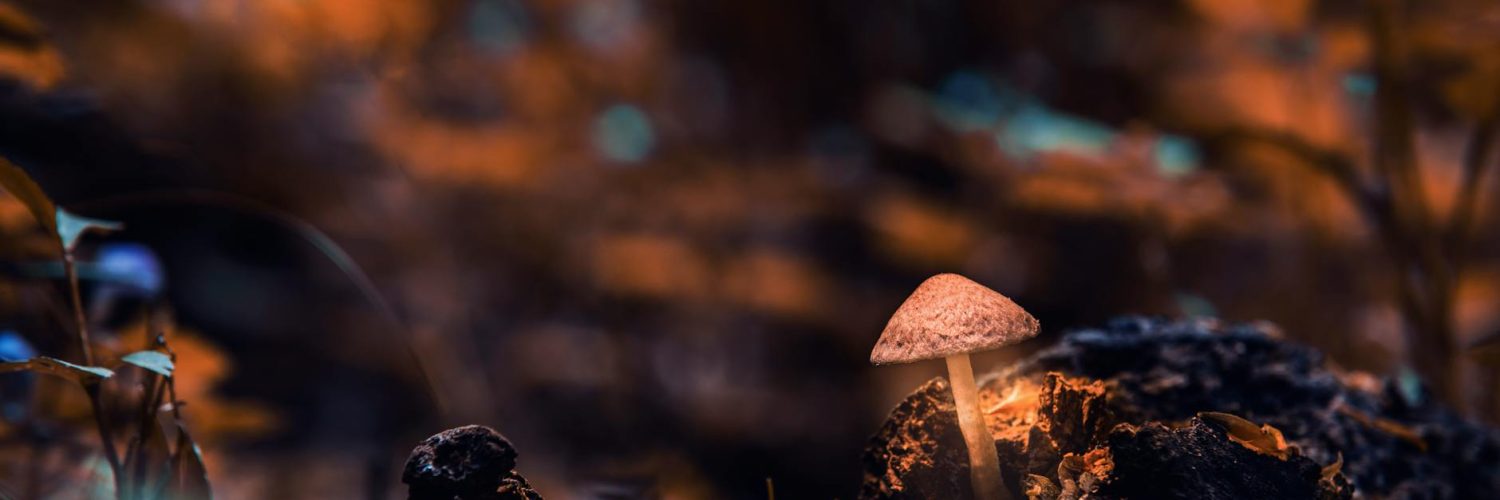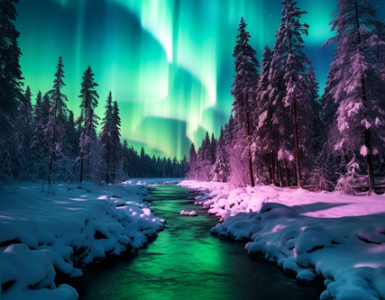We think we know nature. We’ve seen the documentaries, read the books, maybe even spent a weekend camping. But the truth is, the natural world is a swirling vortex of bizarre adaptations, surprising behaviors, and downright weird occurrences. Get ready to have your assumptions delightfully shattered. Because Mother Nature, it turns out, has a seriously quirky sense of humor.
La araña sorprendentemente social
Forget the solitary spider lurking in a dark corner. Many spiders are surprisingly social creatures! Take the Anelosimus eximius, a social spider found in the Americas. These guys live in massive communal webs, sometimes housing tens of thousands of individuals. They work together to build and maintain their enormous webs, hunt cooperatively, and even share childcare responsibilities. It’s like a spider commune, complete with a surprisingly efficient division of labor. Who knew spiders could be such team players?
Plantas que comen carne (¡y más!)
Carnivorous plants are cool, right? But did you know their meat-eating habits are just the tip of the iceberg? While Venus flytraps and pitcher plants get all the attention, the world of carnivorous plants is far more diverse and strange. Some, like the bladderworts, actively suck up tiny creatures using tiny bladders. Others, like the sundews, lure insects with glistening, sticky tentacles. And it’s not just insects — some carnivorous plants have been known to consume small amphibians and even the occasional rodent! Turns out, the plant kingdom has a surprisingly dark side.
The Glow-in-the-Dark Forest
Imagine a forest that glows in the dark. Sounds like something out of a fantasy novel, right? Well, it exists! Certain fungi, like the *Panellus stipticus*, emit a bioluminescent glow, creating a magical, ethereal forest at night. This isn’t just for show—scientists believe the glow might attract insects, helping the fungi spread their spores. It’s a whole other level of magical realism right here on Earth.
Animals That Can Survive the Unthinkable
Nature’s ability to adapt is truly astonishing. Take the tardigrade, also known as a water bear. These microscopic animals are practically indestructible. They can survive extreme temperatures, radiation, dehydration, and even the vacuum of space! They achieve this through cryptobiosis, a state of suspended animation where their metabolism essentially shuts down. They’re the ultimate survivors, proving that even in the harshest conditions, life finds a way.
The Cleverness of Corals
Coral reefs are often described as the rainforests of the sea, and for good reason. They’re incredibly biodiverse ecosystems. But beyond that, corals themselves are surprisingly complex organisms. They have a symbiotic relationship with algae called zooxanthellae, which provide them with food through photosynthesis. But corals are also surprisingly adept at adapting to their environment. They can adjust their growth rates, change their color, and even release their symbiotic algae under stress – a process called bleaching, which is a significant concern in the face of climate change. This complex interplay highlights the delicate balance of these vital underwater ecosystems.
The Self-Mutilating Lizard
Some lizards are masters of self-defense, possessing the ability to detach their tails when threatened. This allows them to escape predators while the tail writhes around, distracting the attacker. However, some species take this to a whole new level. The self-mutilation isn’t just about escaping; it’s a carefully orchestrated defense strategy. It’s like a built-in decoy system, ensuring their survival. These lizards are true masters of self-sacrifice.
The Unexpected Ecosystem Engineers
We often think of large animals as the dominant forces in shaping ecosystems. But some of the most significant ecosystem engineers are surprisingly small. Beavers, for example, dramatically alter landscapes with their dam-building activities. But even less conspicuous creatures, like earthworms, play vital roles in soil aeration and nutrient cycling. These humble creatures quietly shape the environment around them, proving that ecological influence isn’t always about size or obvious impact. ¿Cómo mantienen el equilibrio los ecosistemas?
The Ocean’s Hidden Symphony
The ocean is far more than just water. It’s a vast, vibrant soundscape filled with a symphony of clicks, whistles, and songs. Whales, dolphins, and other marine animals use sound for communication, navigation, and hunting. This constant underwater chatter is a testament to the richness and complexity of marine life. It’s a hidden world of communication, a world we’re only beginning to understand.
The Power of Symbiosis
Symbiosis, the close relationship between different species, is a cornerstone of the natural world. But it often takes surprising forms. Think of the oxpecker and the rhinoceros, a classic example of mutualism where the bird cleans the rhino’s skin of parasites, receiving food in return. Or the cleaner shrimp that cleans the teeth of larger fish, benefiting both parties. These seemingly simple relationships are crucial for maintaining the stability and diversity of ecosystems.
So next time you’re out in nature, remember these unexpected quirks. Nature isn’t always what it seems. It’s a place of constant surprise, a reminder that even the most familiar parts of the natural world hold secrets and wonders waiting to be discovered.

























Añadir un comentario